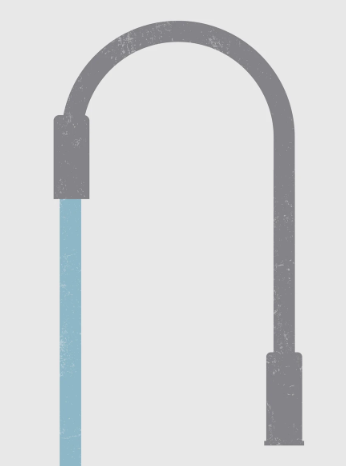Protect Your Home: The Truth About Cheap Foreign Off-Brand Faucets and Water Safety
90% OF OFF-BRAND FAUCETS TESTED CONTAIN LEAD OR OTHER TOXIC CHEMICALS.*There are 35 million foreign-made, off-brand faucets sold in the U.S.** 90% of those tested by an independent lab failed to meet American safe drinking water standards.* In fact, the worst offender contained carcinogens at levels 590% above the allow able limit. If you're using one of these faucets, you could be putting the health of your family, friends and even pets at risk.†
|
 |
 |
CHEAP, OFF-BRAND FOREIGN-MADE FAUCETSIn recent years, a large number of foreign made, off-brand faucets have flooded the American market. Third-party testing discovered these products failed one or more, American safe drinking water testing standards.* Meaning you could be at risk. |
DECREASED LUNG FUNCTION60% of these faucets tested positive for elevated levels of lead, with one 609% over safety standards.* Lead poisoning can cause negative long-term health effects on your respiratory system and other organs.† |
 |
 |
LIVER CANCERWater running through these faucets was found to contain carcinogens including:
|
STOMACH CANCERCheap, off-brand foreign-made faucets were found to contain carbazole at rates up to 192% over safety standards. Carbazole is linked to stomach cancer after extended periods of ingestion.‡ |
 |
 |
KIDNEY DAMAGEOne faucet revealed a compound often found in gasoline, NDEA, at 18% above safety standards. When ingested, NDEA is known to cause kidney and liver damage.‡ |
| View the Test Results |
FAQs
|
|
|
|
|
|
|
|
* 90% of the twenty cheap, off-brand faucets tested by Moen (18 of 20) failed NSF/ANSI/CAN 61-2023 section 9 testing due to elevated levels of lead or another contaminant as tested by an accredited laboratory. See details at https://moen.widencollective.com/por...tsTestResults2 ** According to third party market data, up to 35 million cheap, off-brand faucets are imported into the U.S. † Significantly elevated levels of lead and other contaminants tested under NSF/ANSI/CAN 61-2023 section 9 can increase health risks to humans and pets. ‡ Based on data found at https://pubchem.ncbi.nlm.nih.gov/ as of February 7, 2025. |
